Roger Twigger’s Ferguson TE20 is powered by a Range Rover 3.5-litre V8 engine mated to a Ferguson four-speed gearbox. It features a modern seat, a custom-built safety frame, a foot throttle, retro LED lighting, bespoke red and grey livery and twin stainless-steel exhaust stacks.
This V8-powered Ferguson can accelerate from a standing start in top gear to its maximum-speed of 40m/h in about six seconds flat, and uses one gallon (4.5L) of petrol every five miles.
“Building a V8 tractor is something that I’ve wanted to do for years,” reveals Roger. “When I retired I decided I would give it a go, because I thought it would be a great hobby tractor which I could use for road-runs and the occasional show.”
Roger’s tractor started life as a 1953 TVO-powered Ferguson TE20, purchased as a non-runner from Fergieland at Melbourne near Derby. To help him replace the tractor’s original 20hp four-cylinder standard TVO-engine, Roger turned to his friend Mick Furniss.
“Mick has his own fabrication and engineering business,” explains Roger, “he’s performed engine conversions on Ferguson tractors before, and his calculations were spot on.”
The V8 engine chosen, was a 132hp twin-carburettor unit taken from a 1979 Range Rover equipped with a manual gearbox. Fortunately the V8 proved to be in fine health and needed little more than a carburettor rebuild, new spark plugs, a distributor overhaul and fresh oil.
“We replaced the Ferguson TVO gearbox with a diesel gearbox, which is 25mm shorter. A clutch-housing adaptor plate was professionally machined, so the Rover engine could be bolted to the Ferguson transmission. The width of the adaptor plate (22mm), was then overcome by using the original ‘long’ input shaft from the TVO gearbox.”
To mate the Ferguson 10-inch clutch unit to the V8 engine’s flywheel, a custom-made 12.5mm mild-steel faceplate was bolted directly onto the front of the flywheel. The clutch assembly was then attached to the faceplate.
To allow the thrust bearing to travel far enough forward to make contact with the clutch forks, the clutch release slide was extended 25mm. This was done by machining a new collar and welding it to the original slide.
Once the adaptor plate had been bolted onto the gearbox, the engine was attached so that Roger could fabricate a pair of chassis rails to fit underneath it. The Range Rover engine mounts were then attached to the chassis rails, to support the engine’s weight.
A bespoke front cross-member was then fabricated to provide a support for the front axle. This was done using the original Ferguson brackets, to support the radiator and the bonnet.
Tractor body
“We used the original Ferguson front axle,” says Roger. “It was completely overhauled and fitted with larger 7.50 wheels and tyres. The back wheels are 28-inch Fordson rims.”
Roger was adamant he wanted twin exhaust stacks, and was able to source a set of manifolds from a Rover P6 3500 which allowed him to precisely position the exhaust pipes on either side of the bonnet.
Although Roger was able to use the original Ferguson TE20 bonnet, and keep the battery and the fuel tank in their original positions, the overhead positioning of the V8 engine’s Stromberg carburettors, did create a problem.
“I was forced to halve the size of the fuel tank to just 14-litres (3.0 gallons),” confesses Roger.
“To avoid running out of fuel, I have a 5l Jerry can mounted between the seat and the numberplate bracket. It’s what I call my reserve tank.”
Owning a Ferguson TE20 which accelerates like a Golf GTI isn’t entirely practical, but it is entertaining. After all, watching Roger’s tractor with its V8 engine rocketing up the road is certainly not something you see every day.
Engine: Range Rover 3.5L V8.Power: 132hp.Transmission: Ferguson four-speed.Top Speed: 40m/h.
Roger Twigger’s Ferguson TE20 is powered by a Range Rover 3.5-litre V8 engine mated to a Ferguson four-speed gearbox. It features a modern seat, a custom-built safety frame, a foot throttle, retro LED lighting, bespoke red and grey livery and twin stainless-steel exhaust stacks.
This V8-powered Ferguson can accelerate from a standing start in top gear to its maximum-speed of 40m/h in about six seconds flat, and uses one gallon (4.5L) of petrol every five miles.
“Building a V8 tractor is something that I’ve wanted to do for years,” reveals Roger. “When I retired I decided I would give it a go, because I thought it would be a great hobby tractor which I could use for road-runs and the occasional show.”
Roger’s tractor started life as a 1953 TVO-powered Ferguson TE20, purchased as a non-runner from Fergieland at Melbourne near Derby. To help him replace the tractor’s original 20hp four-cylinder standard TVO-engine, Roger turned to his friend Mick Furniss.
“Mick has his own fabrication and engineering business,” explains Roger, “he’s performed engine conversions on Ferguson tractors before, and his calculations were spot on.”
The V8 engine chosen, was a 132hp twin-carburettor unit taken from a 1979 Range Rover equipped with a manual gearbox. Fortunately the V8 proved to be in fine health and needed little more than a carburettor rebuild, new spark plugs, a distributor overhaul and fresh oil.
“We replaced the Ferguson TVO gearbox with a diesel gearbox, which is 25mm shorter. A clutch-housing adaptor plate was professionally machined, so the Rover engine could be bolted to the Ferguson transmission. The width of the adaptor plate (22mm), was then overcome by using the original ‘long’ input shaft from the TVO gearbox.”
To mate the Ferguson 10-inch clutch unit to the V8 engine’s flywheel, a custom-made 12.5mm mild-steel faceplate was bolted directly onto the front of the flywheel. The clutch assembly was then attached to the faceplate.
To allow the thrust bearing to travel far enough forward to make contact with the clutch forks, the clutch release slide was extended 25mm. This was done by machining a new collar and welding it to the original slide.
Once the adaptor plate had been bolted onto the gearbox, the engine was attached so that Roger could fabricate a pair of chassis rails to fit underneath it. The Range Rover engine mounts were then attached to the chassis rails, to support the engine’s weight.
A bespoke front cross-member was then fabricated to provide a support for the front axle. This was done using the original Ferguson brackets, to support the radiator and the bonnet.
Tractor body
“We used the original Ferguson front axle,” says Roger. “It was completely overhauled and fitted with larger 7.50 wheels and tyres. The back wheels are 28-inch Fordson rims.”
Roger was adamant he wanted twin exhaust stacks, and was able to source a set of manifolds from a Rover P6 3500 which allowed him to precisely position the exhaust pipes on either side of the bonnet.
Although Roger was able to use the original Ferguson TE20 bonnet, and keep the battery and the fuel tank in their original positions, the overhead positioning of the V8 engine’s Stromberg carburettors, did create a problem.
“I was forced to halve the size of the fuel tank to just 14-litres (3.0 gallons),” confesses Roger.
“To avoid running out of fuel, I have a 5l Jerry can mounted between the seat and the numberplate bracket. It’s what I call my reserve tank.”
Owning a Ferguson TE20 which accelerates like a Golf GTI isn’t entirely practical, but it is entertaining. After all, watching Roger’s tractor with its V8 engine rocketing up the road is certainly not something you see every day.
Engine: Range Rover 3.5L V8.Power: 132hp.Transmission: Ferguson four-speed.Top Speed: 40m/h. 






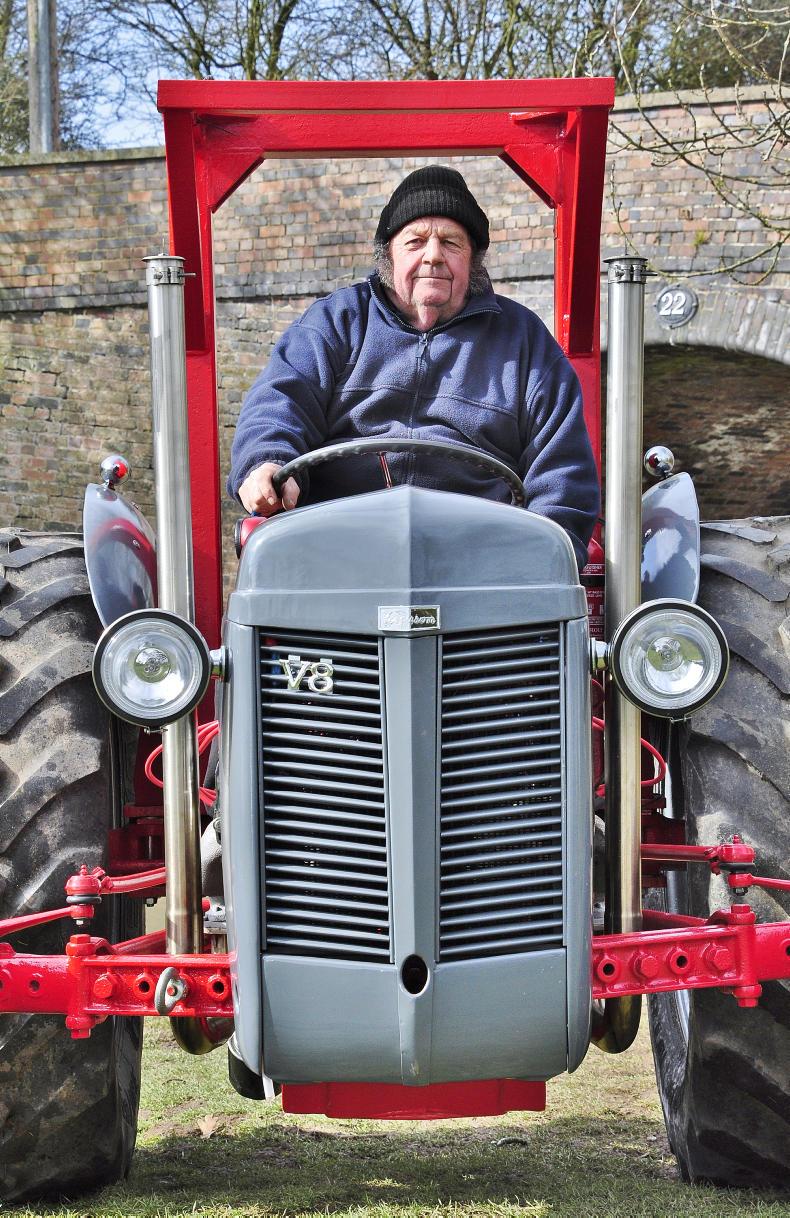
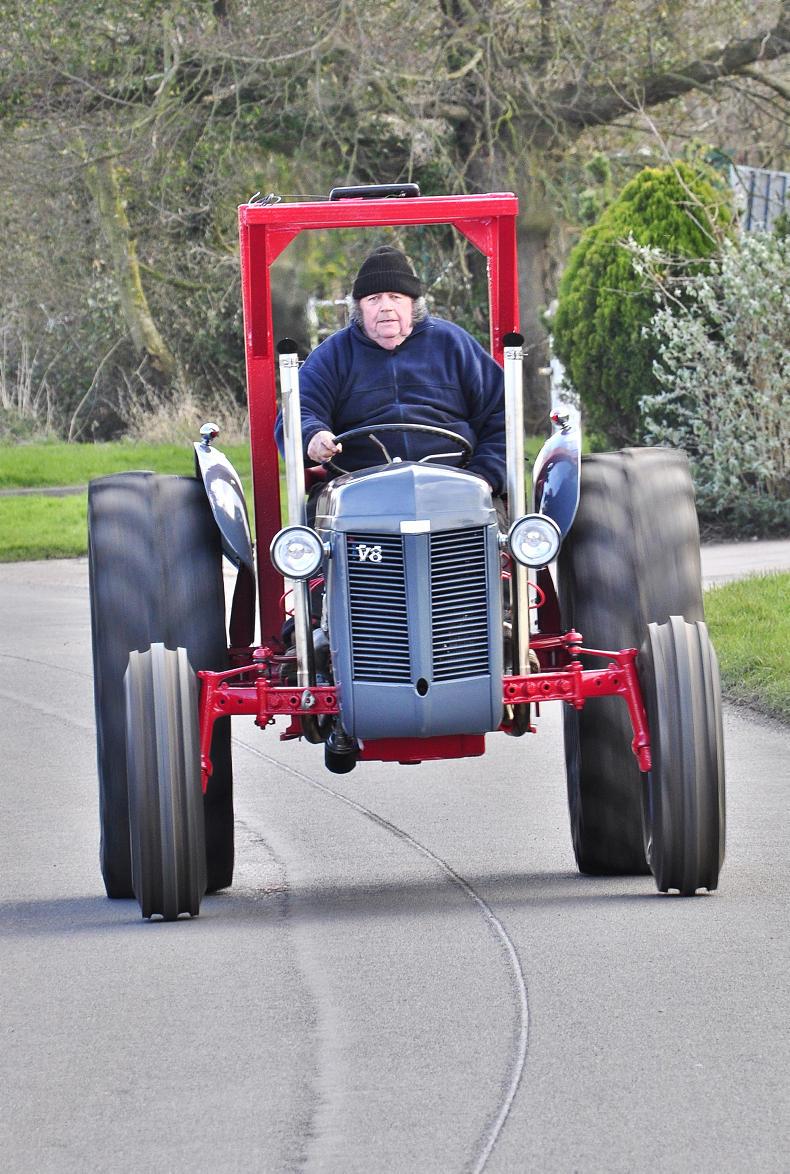
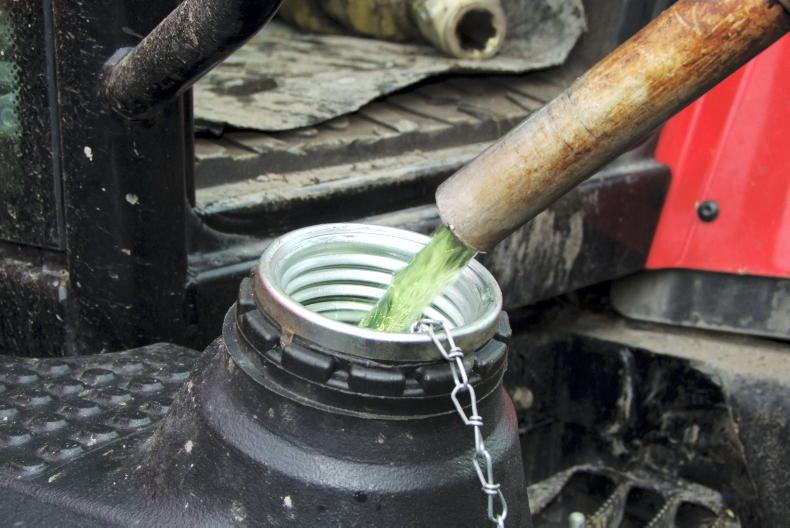
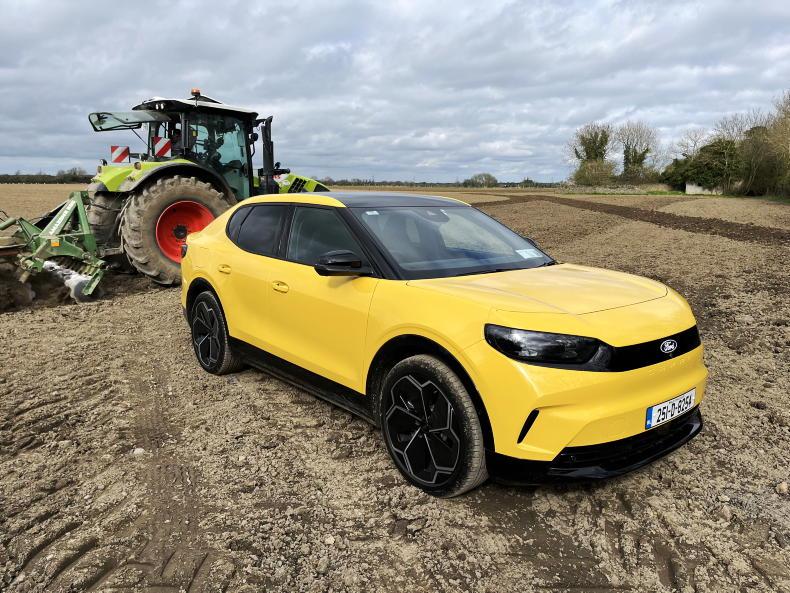
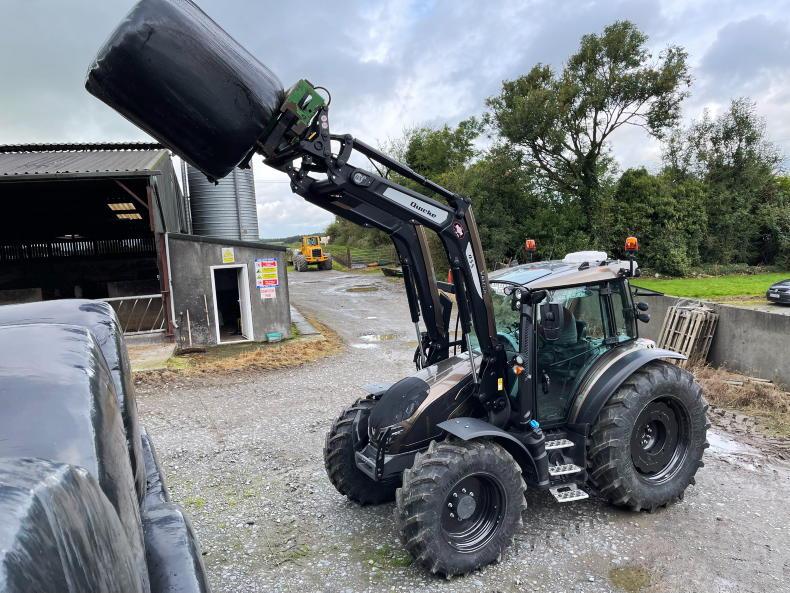
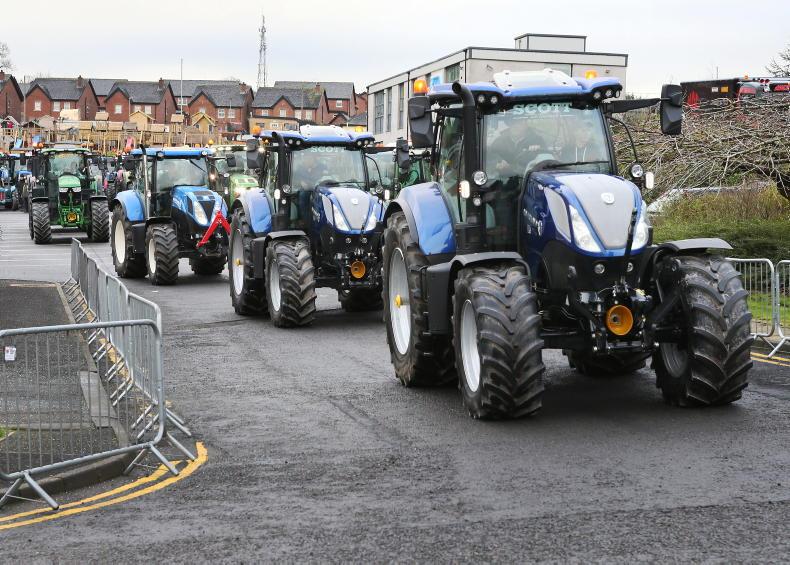
SHARING OPTIONS